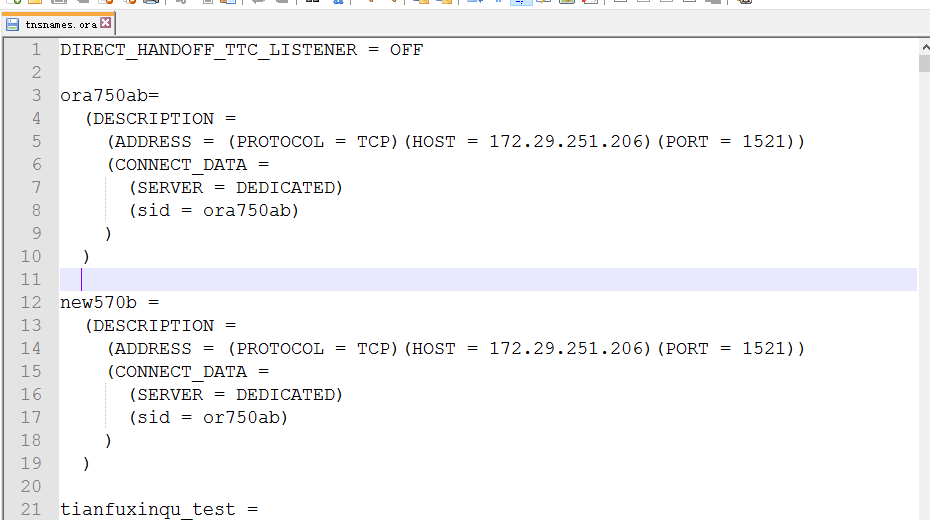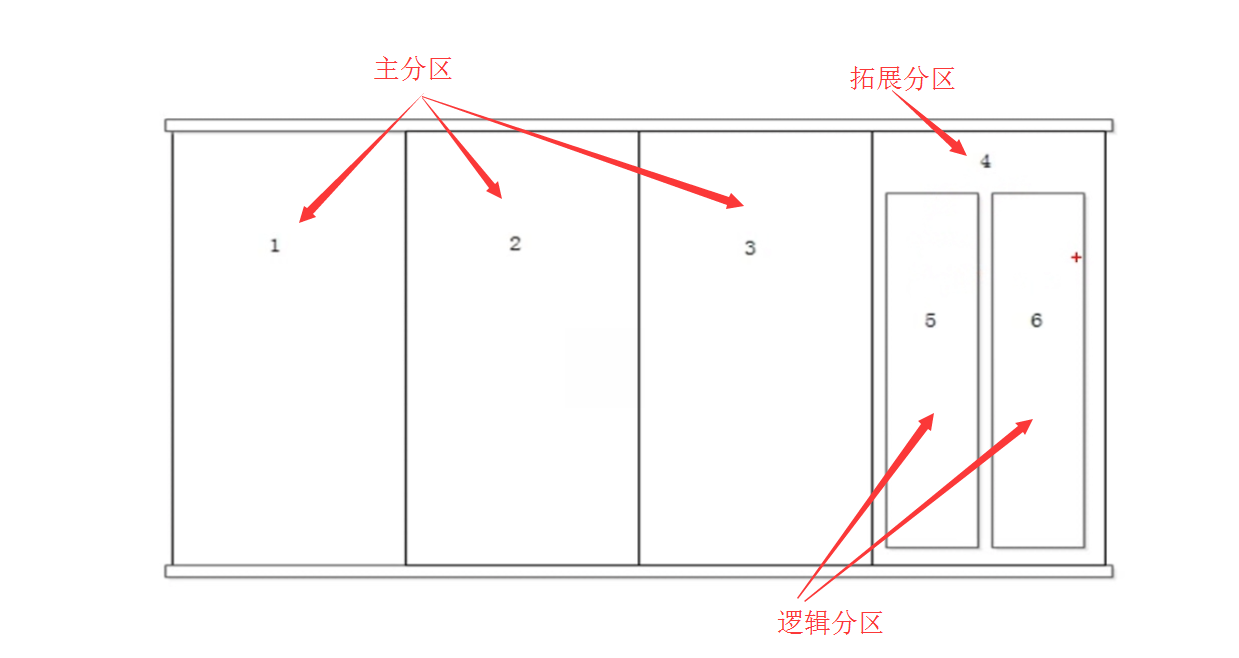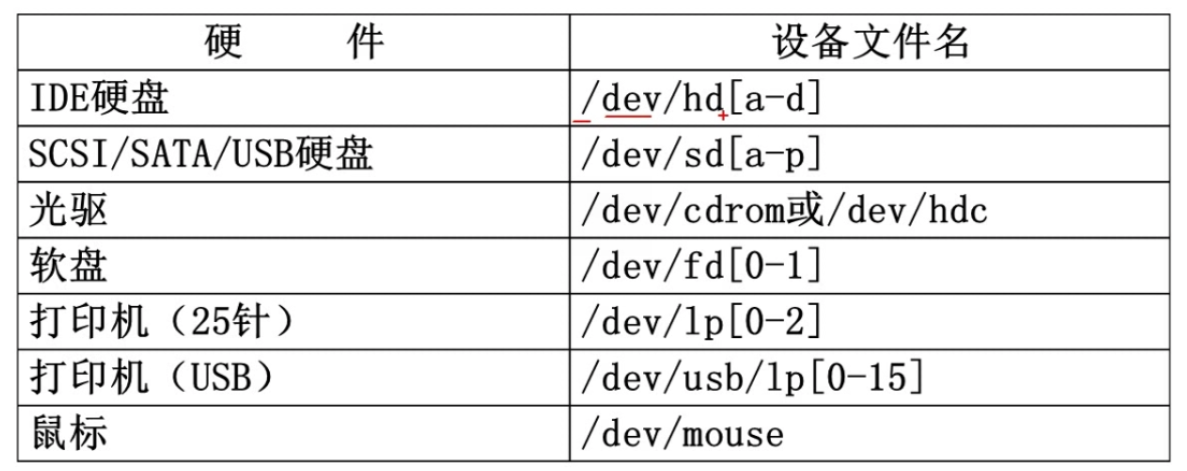POJ-2777-CountColor(线段树,位运算)
链接:https://vjudge.net/problem/POJ-2777\#author=0
题意:
Chosen Problem Solving and Program design as an optional course, you are required to solve all kinds of problems. Here, we get a new problem.
There is a very long board with length L centimeter, L is a positive integer, so we can evenly divide the board into L segments, and they are labeled by 1, 2, … L from left to right, each is 1 centimeter long. Now we have to color the board - one segment with only one color. We can do following two operations on the board:
- “C A B C” Color the board from segment A to segment B with color C.
- “P A B” Output the number of different colors painted between segment A and segment B (including).
In our daily life, we have very few words to describe a color (red, green, blue, yellow…), so you may assume that the total number of different colors T is very small. To make it simple, we express the names of colors as color 1, color 2, … color T. At the beginning, the board was painted in color 1. Now the rest of problem is left to your.
思路:
线段树,还是普通的线段树,染色的查询和更新使用位运算,因为颜色区间在(1-30)之内。
所以可以使用(1<<1-1<<30)来表示这中二进制1的个数来表示颜色的数量。
不过我之前的写的普通的线段树我也不知道为啥会WA。
代码:
#include <cstdio>#include <cstring>#include <iostream>#include <memory.h>#include <algorithm>#include <string>#include <stack>#include <vector>#include <queue>using namespace std;typedef long long LL;const int MAXN = 1e5+10;int Seg[MAXN*4];int lazy[MAXN*4];int Vis[100];int n, t, o;int res;void PushDown(int root){if (lazy[root] != 0){Seg[root<<1] = (1<<lazy[root]);Seg[root<<1|1] = (1<<lazy[root]);lazy[root<<1] = lazy[root];lazy[root<<1|1] = lazy[root];lazy[root] = 0;}}void PushUp(int root){Seg[root] = Seg[root<<1]|Seg[root<<1|1];}void Build(int root, int l, int r){if (l == r){Seg[root] = 2;return;}int mid = (l + r) / 2;Build(root << 1, l, mid);Build(root << 1 | 1, mid + 1, r);PushUp(root);}void Update(int root, int l, int r, int ql, int qr, int c){if (r < ql || qr < l)return;if (ql <= l && r <= qr){Seg[root] = (1<<c);lazy[root] = c;return;}PushDown(root);int mid = (l+r)/2;Update(root<<1, l, mid, ql, qr, c);Update(root<<1|1, mid+1, r, ql, qr, c);PushUp(root);}int Query(int root, int l, int r, int ql, int qr){if (r < ql || qr < l)return 0;if (ql <= l && r <= qr){return Seg[root];}int mid = (l+r)/2;PushDown(root);int col1 = 0, col2 = 0;col1 = Query(root<<1, l, mid, ql, qr);col2 = Query(root<<1|1, mid+1, r, ql, qr);return col1|col2;}int Get(int x){int res = 0;while (x){if (x&1)res++;x >>= 1;}return res;}int main(){char op[10];int a, b, c;while (~scanf("%d%d%d", &n, &t, &o)){Build(1, 1, n);while (o--){scanf("%s", op);if (op[0] == 'C'){scanf("%d%d%d", &a, &b, &c);if (a > b)swap(a, b);Update(1, 1, n, a, b, c);}else{scanf("%d%d", &a, &b);if (a > b)swap(a, b);memset(Vis, 0, sizeof(Vis));int res = Query(1, 1, n, a, b);printf("%d\n", Get(res));}}}return 0;}
转载于 //www.cnblogs.com/YDDDD/p/10847767.html
//www.cnblogs.com/YDDDD/p/10847767.html



































还没有评论,来说两句吧...